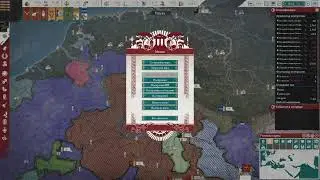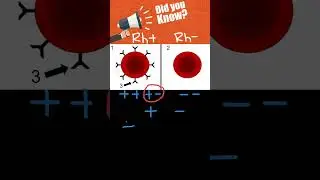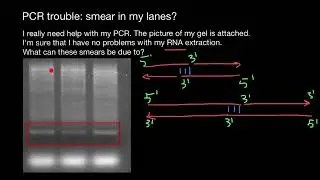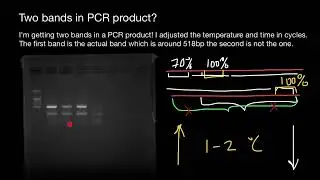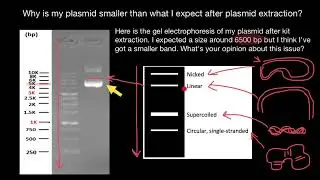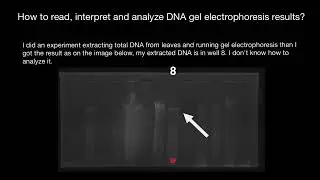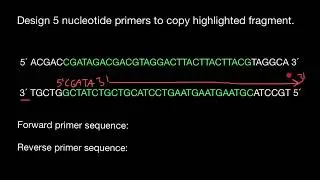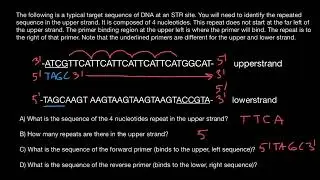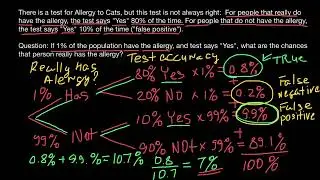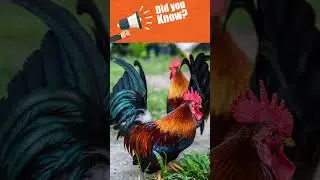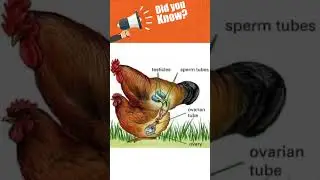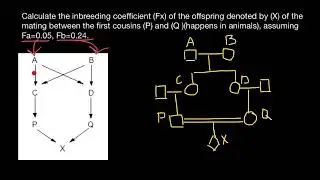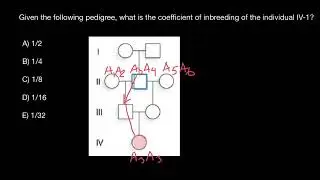Aneuploid, Euploid, Polyploid, Tetraploid
Polyploidy is a condition in which the cells of an organism have more than one pair of (homologous) chromosomes. Most species whose cells have nuclei (eukaryotes) are diploid, meaning they have two sets of chromosomes, where each set contains one or more chromosomes and comes from each of two parents, resulting in pairs of homologous chromosomes between sets. However, some organisms are polyploid. Polyploidy is especially common in plants.
Aneuploidy is the presence of an abnormal number of chromosomes in a cell, for example a human cell having 45 or 47 chromosomes instead of the usual 46. It does not include a difference of one or more complete sets of chromosomes. A cell with any number of complete chromosome sets is called a euploid cell.
Problem:
Diploid Drosophila has eight chromosomes. Which one of the following terms should not be used to describe Drosophila with sixteen chromosomes? Justify your answer with suitable explanations.
A) Polyploid
B) Aneuploid *
C) Euploid
D) Tetraploid

